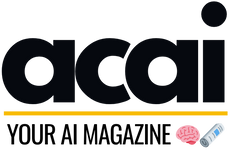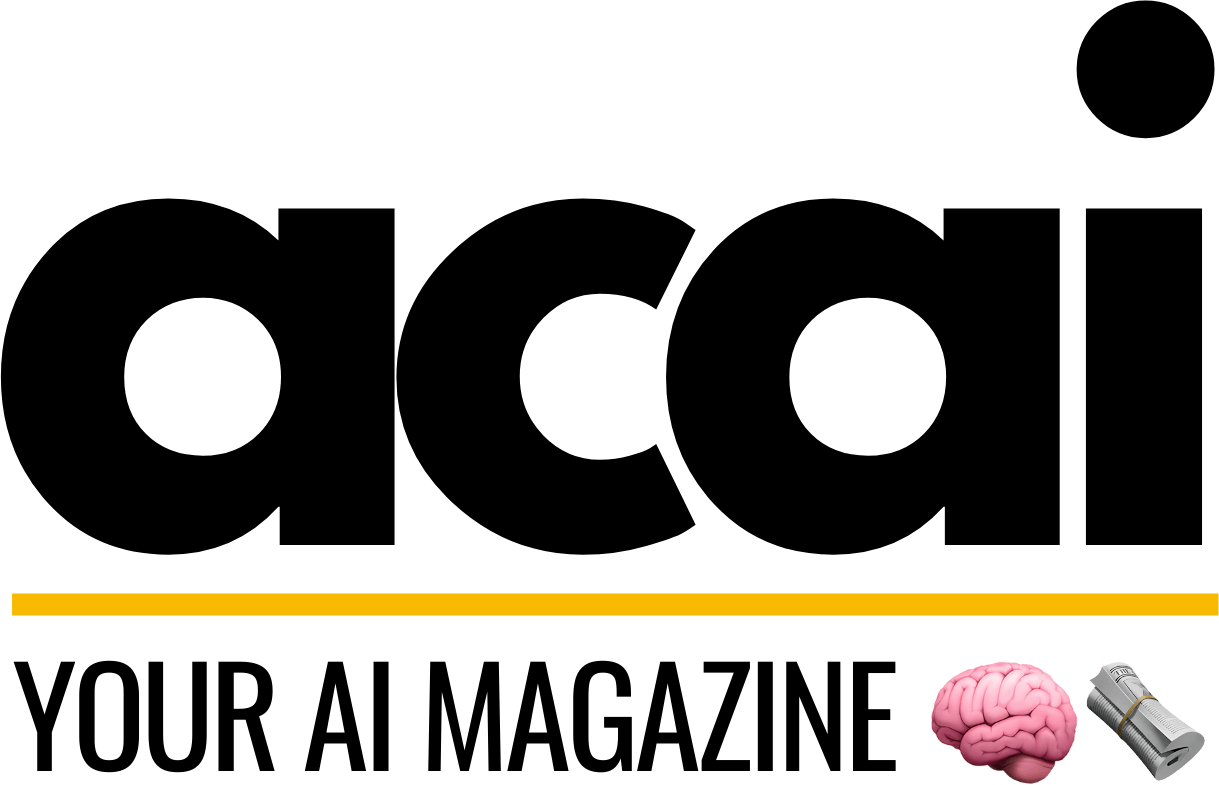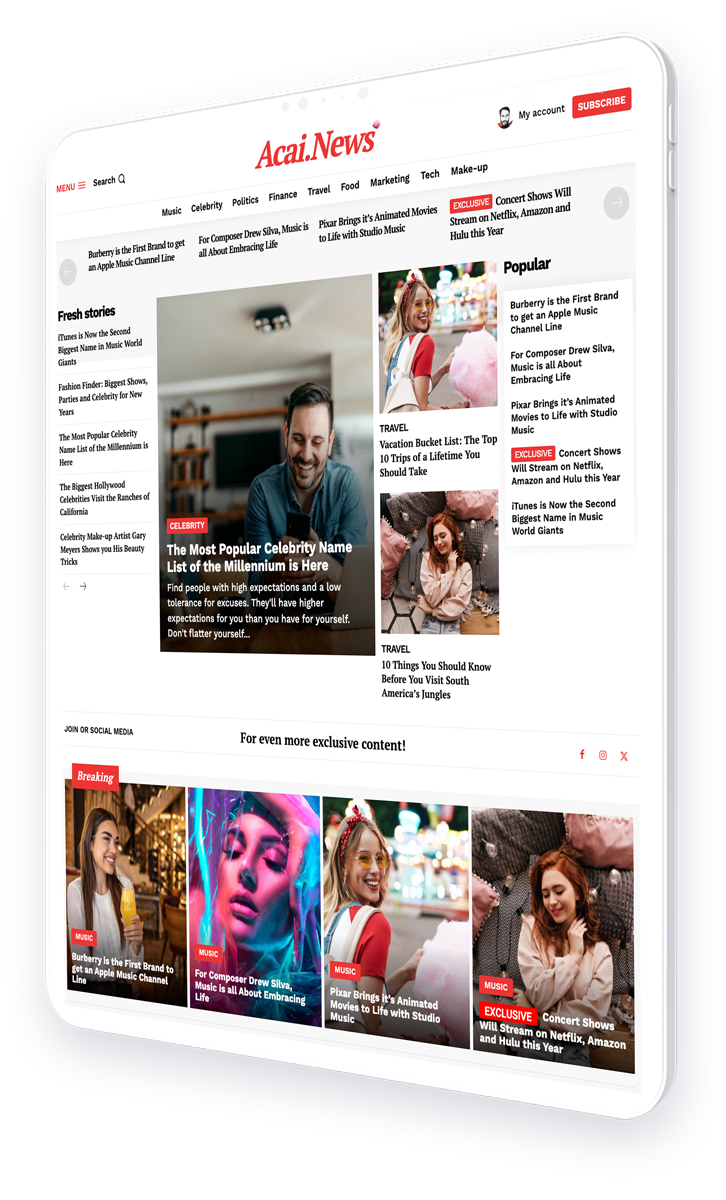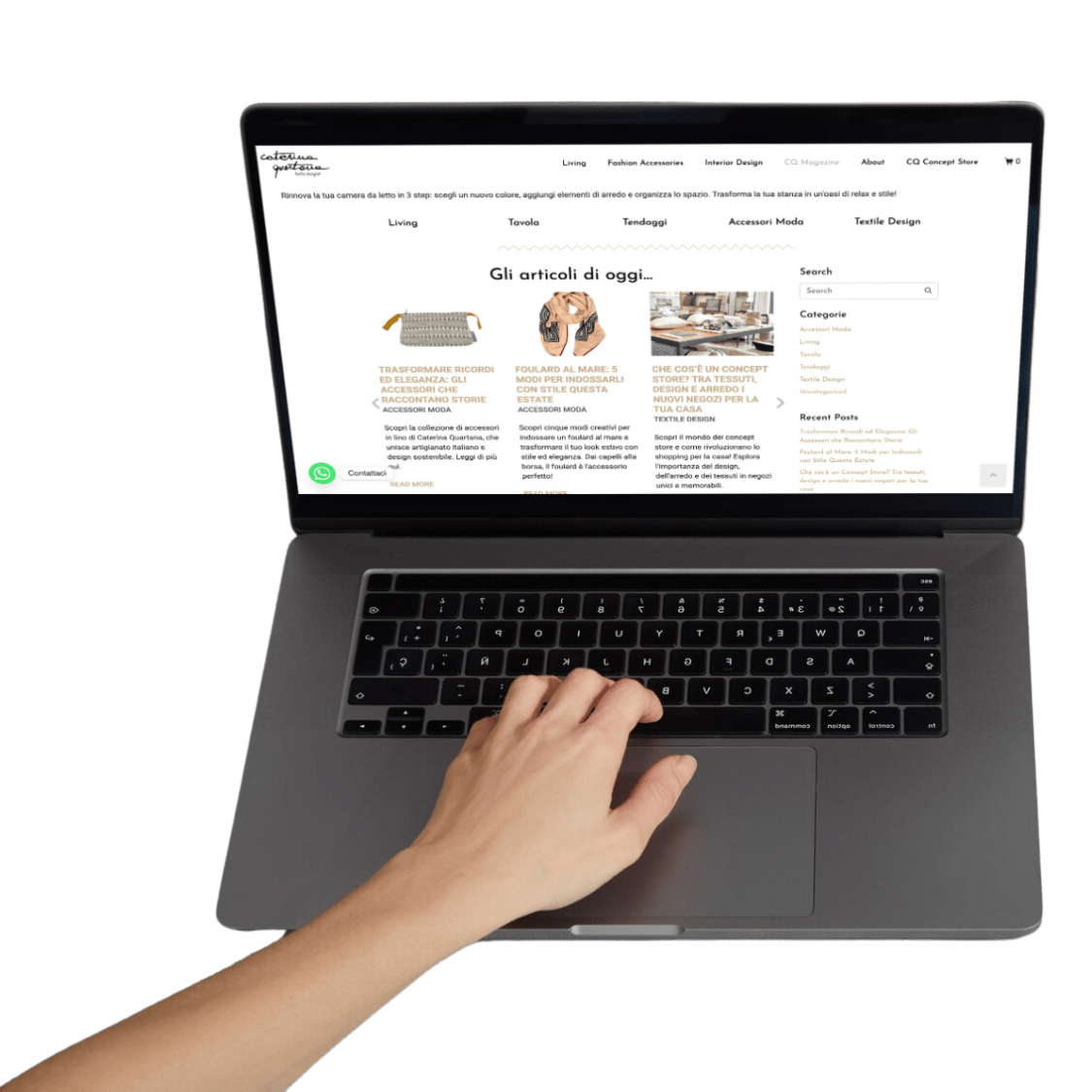Strategies to use corporate magazines as tools for education and customer retention
In today’s fast-paced digital world, companies are constantly seeking innovative ways to engage and retain their customers. One such method that has stood the test of time is the corporate magazine. While many might view magazines as a traditional medium, they have evolved into powerful tools for continuous learning and customer retention. This article explores strategies to leverage corporate magazines as educational platforms, providing valuable insights and examples to illustrate their effectiveness.
The Evolution of Corporate Magazines
Corporate magazines have come a long way from being mere promotional tools. Initially, they served as a means to inform customers about new products and services. However, with the advent of digital media, their role has expanded significantly. Today, corporate magazines are not just about selling; they are about educating and engaging customers on a deeper level.
The shift from promotional content to educational content has been driven by the changing preferences of consumers. Modern customers are more informed and discerning. They seek value beyond the product itself, and corporate magazines have adapted to meet this demand by offering insightful articles, expert opinions, and industry trends.
Strategies for Using Corporate Magazines as Educational Tools
1. Curate High-Quality Content
Content is king, and this holds true for corporate magazines as well. To position your magazine as a learning platform, focus on curating high-quality content that resonates with your audience. This includes:
Expert Interviews: Feature interviews with industry leaders and experts to provide readers with valuable insights and perspectives.
Case Studies: Share real-life success stories and case studies that demonstrate the practical application of your products or services.
How-To Guides: Offer step-by-step guides and tutorials that empower customers to make the most of your offerings.
Industry Trends: Keep readers informed about the latest trends and developments in your industry.
By consistently delivering high-quality content, you can establish your magazine as a trusted source of information and education.
2. Leverage Interactive Elements
Incorporating interactive elements into your corporate magazine can enhance the learning experience for readers. Consider the following strategies:
Quizzes and Assessments: Include quizzes and assessments that allow readers to test their knowledge and reinforce learning.
Interactive Infographics: Use interactive infographics to present complex information in an engaging and easily digestible format.
Augmented Reality (AR): Integrate AR features that bring static content to life, providing an immersive learning experience.
Interactive elements not only make the magazine more engaging but also encourage active participation from readers, enhancing their learning experience.
3. Personalize Content for Different Segments
Personalization is key to effective customer engagement. Tailor your magazine content to cater to different customer segments based on their preferences and needs. This can be achieved through:
Segmented Content: Create content that addresses the specific interests and pain points of different customer segments.
Customized Recommendations: Offer personalized recommendations based on readers’ past interactions and preferences.
Localized Content: Provide content that is relevant to specific geographic regions or cultural contexts.
By personalizing content, you can create a more meaningful and relevant learning experience for your readers.
Case Studies: Successful Corporate Magazines
1. Red Bull’s “The Red Bulletin”
Red Bull’s corporate magazine, “The Red Bulletin,” is a prime example of how a brand can use a magazine as a learning platform. The magazine covers a wide range of topics, including sports, culture, and lifestyle, all while subtly promoting the Red Bull brand. By offering engaging and informative content, Red Bull has successfully positioned itself as a thought leader in its industry.
2. Airbnb’s “Pineapple”
Airbnb’s “Pineapple” magazine is another excellent example of a corporate magazine that focuses on education and engagement. The magazine features travel stories, cultural insights, and tips for travelers, all of which align with Airbnb’s mission to create a sense of belonging. By providing valuable content, Airbnb has strengthened its relationship with its customers and enhanced brand loyalty.
The Role of Digital Magazines in Continuous Learning
With the rise of digital media, corporate magazines have embraced digital formats to reach a wider audience. Digital magazines offer several advantages as learning platforms:
Accessibility: Digital magazines can be accessed anytime, anywhere, making it convenient for readers to engage with content.
Multimedia Integration: Digital formats allow for the integration of multimedia elements such as videos, podcasts, and interactive graphics.
Data Analytics: Digital magazines provide valuable data on reader behavior and preferences, enabling companies to refine their content strategy.
By leveraging digital platforms, companies can enhance the reach and impact of their corporate magazines as educational tools.
Statistics on the Impact of Corporate Magazines
Several studies have highlighted the positive impact of corporate magazines on customer engagement and retention. According to a survey by the Content Marketing Institute, 70% of consumers feel more connected to a brand as a result of content marketing efforts, including corporate magazines. Additionally, a study by Adobe found that digital magazine readership increased by 30% in 2020, indicating a growing demand for digital content.
These statistics underscore the potential of corporate magazines as effective tools for continuous learning and customer retention.
Conclusion: The Future of Corporate Magazines
In conclusion, corporate magazines have evolved into powerful platforms for continuous learning and customer engagement. By curating high-quality content, leveraging interactive elements, and personalizing content for different segments, companies can position their magazines as valuable educational resources. The integration of digital formats further enhances the reach and impact of corporate magazines, making them indispensable tools for customer retention in the digital age.
As companies continue to explore innovative ways to engage their customers, corporate magazines will play an increasingly important role in providing value beyond the product itself. By embracing the strategies outlined in this article, companies can harness the full potential of corporate magazines as continuous learning platforms for their customers.
For more insights on content marketing and customer engagement, visit the Content Marketing Institute.




